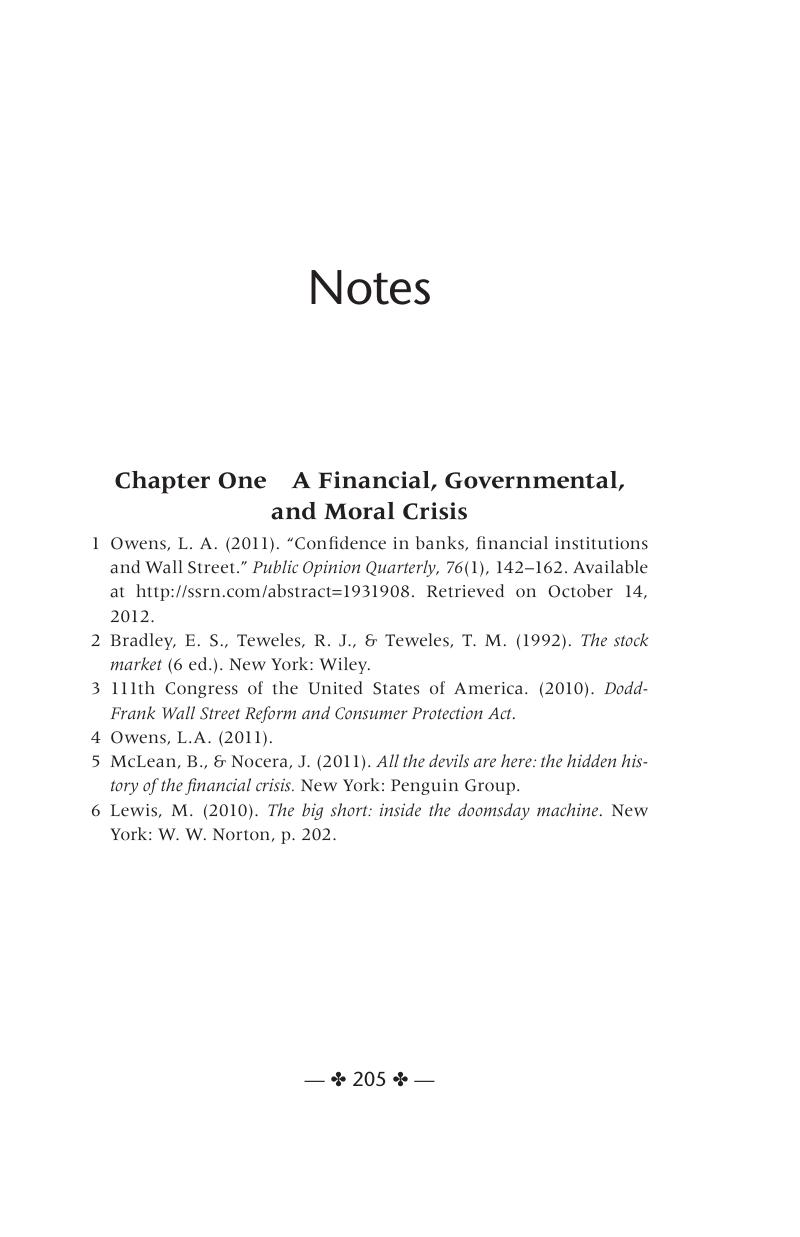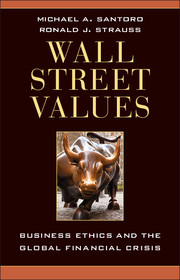Notes
Published online by Cambridge University Press: 05 February 2013
Summary

- Type
- Chapter
- Information
- Wall Street ValuesBusiness Ethics and the Global Financial Crisis, pp. 205 - 222Publisher: Cambridge University PressPrint publication year: 2012



